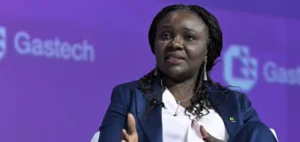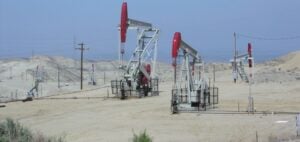Chevron, the American energy giant, reported Q4 2024 results that fell short of expectations primarily due to a significant drop in refining margins, despite a notable increase in production.
Analysis of Margins and Financial Performance
Between October and December 2024, the company recorded a net profit of $3.2 billion—a 43% increase compared to the previous year—mainly due to lower impairment charges. However, the earnings per share, excluding exceptional items (a key market benchmark), fell by 40% to $2.06, missing analyst expectations as reported by Factset.
Over the full year, earnings per share declined by 23.4%, reaching $10.05, while revenue increased by 0.9% to $202.8 billion, thereby surpassing initial forecasts.
Production and Cost Optimization
Global oil production grew by 7%, with record growth of 19% in the United States, particularly in the Permian Basin, renowned for its hydrocarbon potential. The integration of PDC Energy, an American company acquired in 2023, further bolstered this production surge.
Simultaneously, the Houston-based group announced its commitment to reducing its structural costs by $2 to $3 billion by the end of 2026. These cost-cutting measures come in a context where declining margins on refined products are only partially offset by higher sales volumes.
Investment Strategies and Pending Decisions
Chevron is considering an arbitration decision regarding its $53 billion takeover project of the oil tanker Hess, with an announcement expected in May. This closely watched operation represents a strategic milestone in the company’s future investment direction.
In pre-market trading on the New York Stock Exchange, Chevron’s stock fell by 1.8%, reflecting investor reaction to the mixed Q4 results. The data presented reveals a complex scenario where increased production and cost control measures partly mitigate the pressure on refining margins.






















